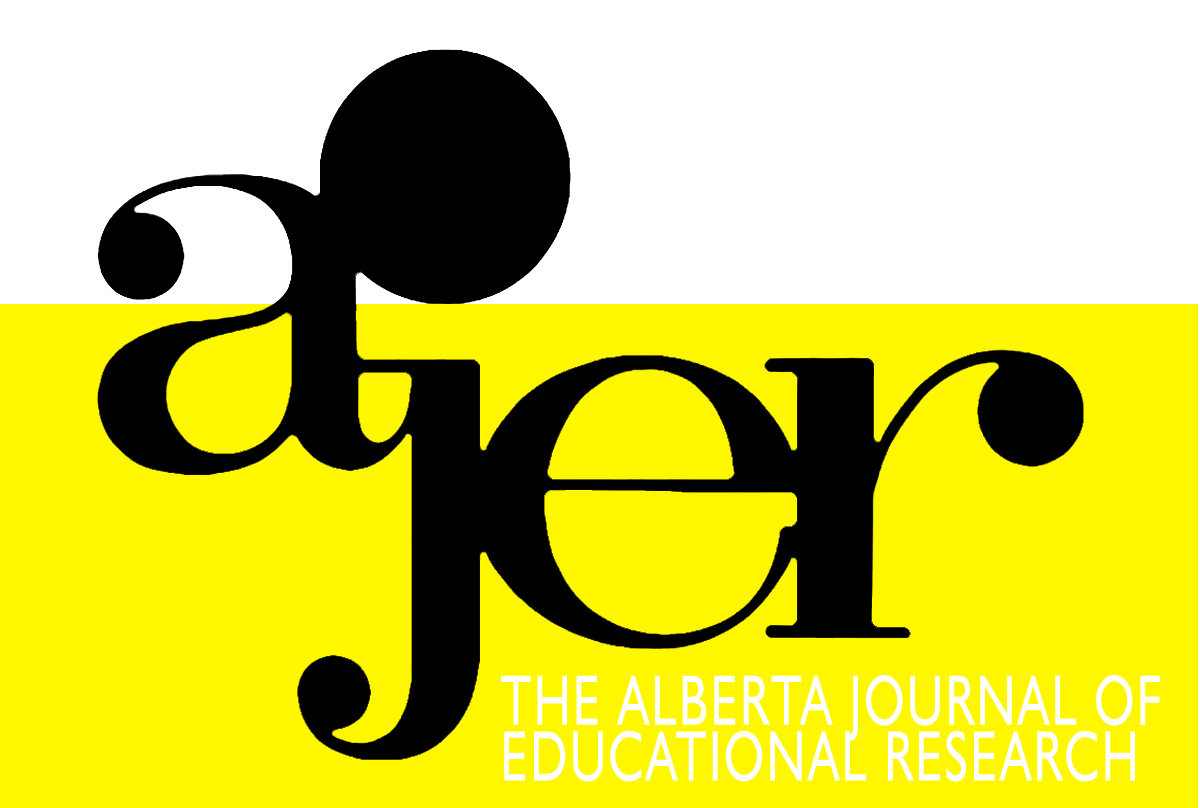Making Sense of Homeschooling Approaches Through Content Analysis
DOI:
https://doi.org/10.55016/ojs/ajer.v69i3.75433Abstract
A common problem for new homeschoolers is understanding how to choose and implement specific educational approaches. In response, I conducted a qualitative content analysis on key texts representative of popular homeschooling approaches, including The Well-Trained Mind (classical), Home Education (Charlotte Mason), and Teach Your Own (unschooling); and compared these to current classroom-based learning. This paper finds that classical homeschooling and modern-day classroom teaching are similar; the Charlotte Mason approach is the most varied in teaching methods; and unschooling makes little mention of teaching methods. This report also suggests that homeschooling families can be defined by the teaching methods they regularly employ.
Keywords: homeschooling, teaching method, classical, Charlotte Mason, unschooling
Un problème courant pour les nouveaux enseignants à domicile est de comprendre comment choisir et mettre en œuvre des approches éducatives spécifiques. J'ai donc procédé à une analyse qualitative du contenu de textes clés représentatifs des approches populaires de l'enseignement à domicile, notamment The Well-Trained Mind (classique), Home Education (Charlotte Mason) et Teach Your Own (non-scolarisation), et je les ai comparés à l'apprentissage actuel en classe. Cet article constate que l'enseignement classique à domicile et l'enseignement moderne en classe sont similaires, que l'approche de Charlotte Mason est la plus variée en termes de méthodes d'enseignement et que l'approche de non-scolarisation ne mentionne guère les méthodes d'enseignement. Cet article suggère également que les familles qui font l'école à la maison peuvent être définies par les méthodes d'enseignement qu'elles emploient régulièrement.
Mots clés : enseignement à domicile, méthode d'enseignement, classique, Charlotte Mason, non‑scolarisation
Downloads
Downloads
Published
How to Cite
Issue
Section
License
UNIVERSITY OF ALBERTA COPYRIGHT LICENSE AND PUBLICATION AGREEMENT
If accepted, authors will be asked to sign a copyright agreement with the following points:
A. Where there is any inconsistency between this Copyright License and Publication Agreement and any other document or agreement in relation to the same subject matter, the terms of this Agreement shall govern.
B. This document sets out the rights you are granting in relation to publication of your article, book review, or research note entitled (the “Article”) through inclusion in the academic journal titled Alberta Journal of Educational Research (the “Journal”) published through the Faculty of Education, representing the Governors of the University of Alberta (the “Journal Editor”).
C. There will be no payment to you for this publication and grant of rights. In consideration of the agreement to publish the Article in the Journal:
1. You are warranting that:
- the content of the Article is your original work, and its content does not contain any material infringing the copyright of others; or, where the Article is not entirely your original work, you have obtained all necessary permissions in writing to grant the rights you are giving in this agreement;
- the content of the Article does not contain any material that is defamatory of, or violates the privacy rights of, or discloses the confidential information of, any other person;
- the Article has not been published elsewhere in whole or in part, and you will not allow publication of the Article elsewhere without the consent of the Journal Editor;
- the names of all co-authors and contributors to the Article are:
2. You agree to license the copyright in the Article to the Journal Editor, on a worldwide, perpetual, royalty free basis; and to the extent required by the terms of this agreement. You shall retain the right at all times to be acknowledged as the/an author of the Article.
3. You further agree that the Journal Editor has the entitlement to deal with the Article as the Journal Editor sees fit, and including in the following manner;
- The right to print, publish, market, communicate and distribute the Article and the Journal, in this and any subsequent editions, in all media (including electronic media), in all languages, and in all territories, ing the full term of copyright, and including any form of the Article separated from the Journal, such as in a database, abstract, offprint, translation or otherwise, and to authorize third parties to do so;
- The right to register copyright of the Journal;
- The right to edit the Article, to conform to editorial policy as the Journal Editor sees fit.
4. If any co-author or contributor to the Article does not sign this agreement, the Journal Editor reserves the right to refuse to publish the Article.



